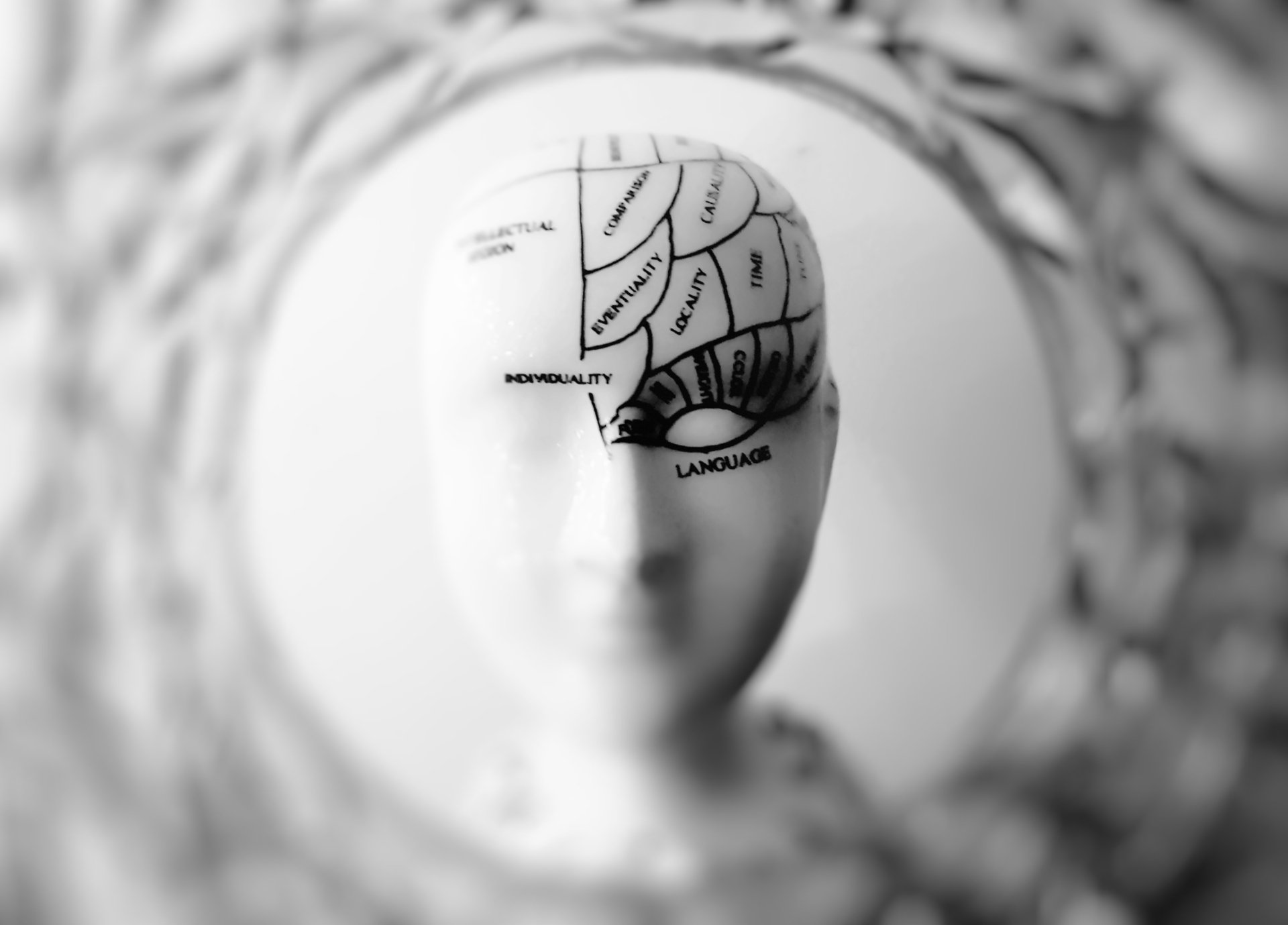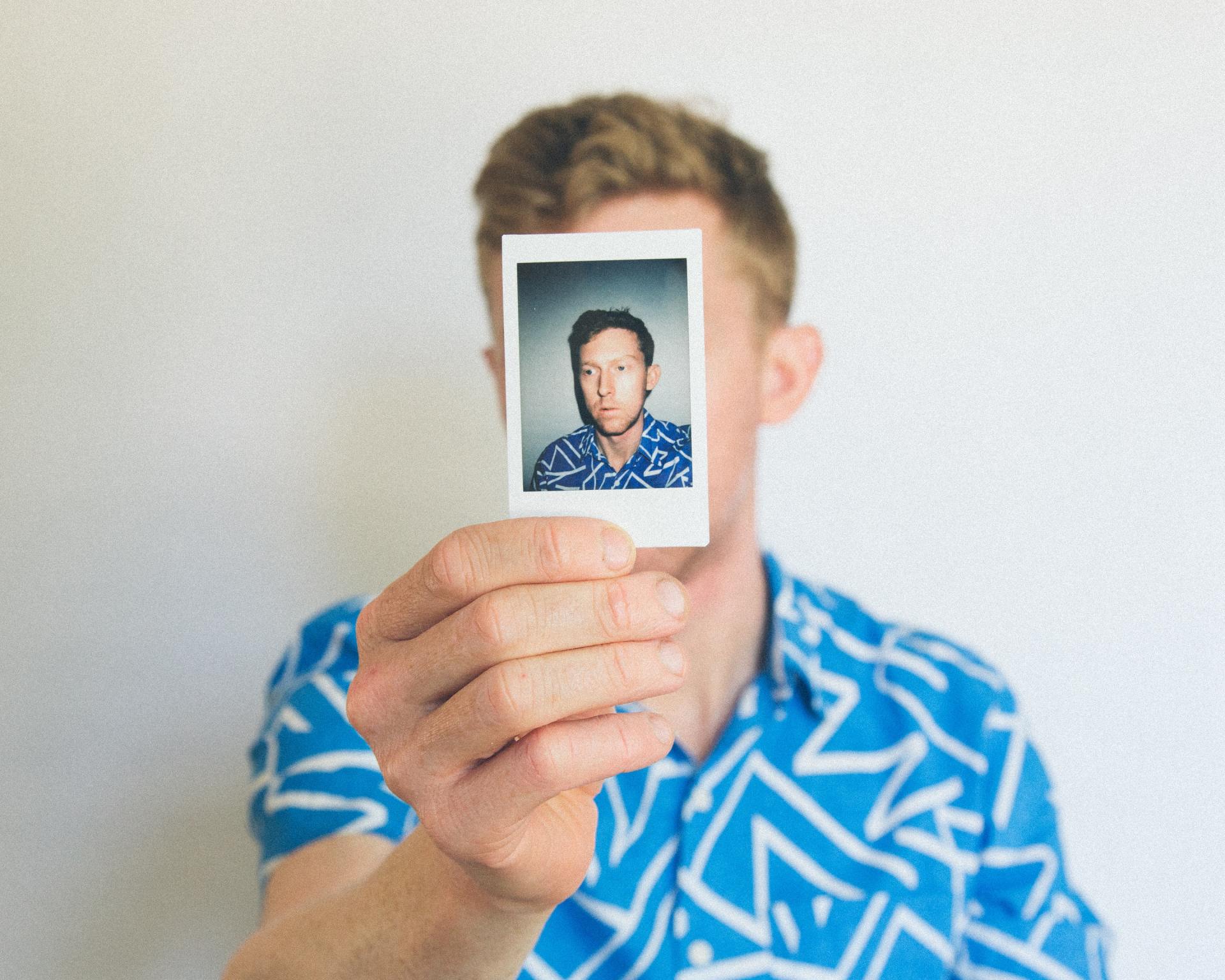Memory Construction

Memory Construction:
Memory Construction in the Brain and role of subconscious mind:
The process of memory construction in our brains is a complex one that is not fully understood. However, scientists believe that it involves a number of different brain structures and processes.
One of the most important brain structures involved in memory is the hippocampus. The hippocampus is located in the medial temporal lobe of the brain and is responsible for storing new memories. When we experience something new, the hippocampus creates a neural circuit that represents that experience. This neural circuit is made up of a network of neurons that are activated together when we think about or remember the experience.
The hippocampus is not the only brain structure involved in memory.
Other important brain structures include the amygdala, the prefrontal cortex, and the cerebellum.
- The amygdala is involved in processing emotions, and it plays a role in storing memories that are associated with strong emotions.
- The prefrontal cortex is involved in executive functions, such as planning and decision-making, and it also plays a role in retrieving memories.
- The cerebellum is involved in motor coordination, but it also plays a role in storing memories of movement.
The process of memory construction is thought to involve a number of different processes, including:
• Encoding: This is the process of storing a new memory. When we experience something new, the hippocampus creates a neural circuit that represents that experience.
• Storage: This is the process of maintaining a memory over time. The neural circuits that represent memories are strengthened with repeated use.
• Retrieval: This is the process of accessing a memory. When we think about or remember an experience, the hippocampus activates the neural circuit that represents that experience.
• Forgetting: This is the process of losing a memory. Forgetting can happen for a number of reasons, including lack of use, interference from other memories, and damage to the brain.
The process of memory construction is a dynamic one. Memories are constantly being updated and changed as we experience new things. This is why our memories of events can sometimes change over time.
Memories are also influenced by our emotions. When we experience something that is emotionally charged, the amygdala is activated, and it sends signals to the hippocampus. This can make it more likely that we will remember the event.
The process of memory construction is still not fully understood, but scientists are learning more about it all the time. By understanding how memories are formed and stored, we can better understand how our brains work and how we can improve our memory.
The subconscious mind plays a role in memory storage and recollection in a number of ways.
• Encoding: The subconscious mind is thought to be involved in the encoding of memories. This is the process of storing a new memory. When we experience something new, the subconscious mind may be responsible for filtering out irrelevant information and focusing on the most important details. This information is then passed on to the hippocampus, where it is stored.
• Storage: The subconscious mind is also thought to be involved in the storage of memories. This is the process of maintaining a memory over time. The subconscious mind may be responsible for organizing and consolidating memories, making them easier to retrieve later.
• Retrieval: The subconscious mind is also thought to be involved in the retrieval of memories. This is the process of accessing a memory. When we think about or remember an experience, the subconscious mind may be responsible for activating the neural circuits that represent that experience. This allows us to consciously recall the memory.
The subconscious mind is also thought to be involved in the emotional aspects of memory. This is because the subconscious mind is responsible for processing emotions. When we experience something that is emotionally charged, the subconscious mind may be responsible for storing the memory along with the associated emotions. This can make it more likely that we will remember the event later.
The subconscious mind is a complex and fascinating part of our brains. Scientists are still learning about its role in memory storage and recollection.
However, it is clear that the subconscious mind plays an important role in our ability to remember and forget.
When we have an emotional experience be it sad or happy, fearful or joyful, the hippocampus, amygdala, and prefrontal cortex all work together to encode the memory of that experience.
- The hippocampus stores the basic details of the experience, such as the time and place it happened.
- The amygdala stores the emotional valence of the experience, such as whether it was a positive or negative experience.
- The prefrontal cortex stores the context of the experience, such as who was present and what else was happening.
When we recall a sad or happy emotional memory, the hippocampus, amygdala, and prefrontal cortex all work together to reconstruct the memory. The hippocampus retrieves the basic details of the memory, the amygdala retrieves the emotional valence of the memory, and the prefrontal cortex retrieves the context of the memory.
The strength of the connections between these brain structures determines how easily and vividly we can recall a sad or happy emotional memory. The stronger the connections, the easier and more vivid the memory will be.
There are a few things that can affect the strength of the connections between these brain structures, including:
• The intensity of the emotional experience: The more intense the emotional experience, the stronger the connections will be.
• The frequency of the emotional experience: The more often we experience emotional event, the stronger the connections will be.
• The amount of attention we pay to the emotional experience:
• The more attention we pay to an emotional event, the stronger the connections will be.
If we have a lot of sad emotional experiences, or if we only focus on the negative aspects of our experiences, the connections between the hippocampus, amygdala, and prefrontal cortex can become stronger. This can make it more difficult to forget sad emotional memories and more likely to relive them.
There are a few things we can do to help manage sad emotional memories:
• Focus on the positive aspects of our experiences: When we focus on the positive aspects of our experiences, it can help to weaken the connections between the hippocampus, amygdala, and prefrontal cortex. This can make it easier to forget sad emotional memories and more likely to remember happy ones.
• Practice mindfulness: Mindfulness is a form of meditation that helps us to focus on the present moment. Practicing mindfulness can help us to let go of negative thoughts and feelings.
Both Past and Future are simply constructs in the mind by our thoughts. They only exist as memories or desires. What we experience is only in the present. So Make this moment very special .




